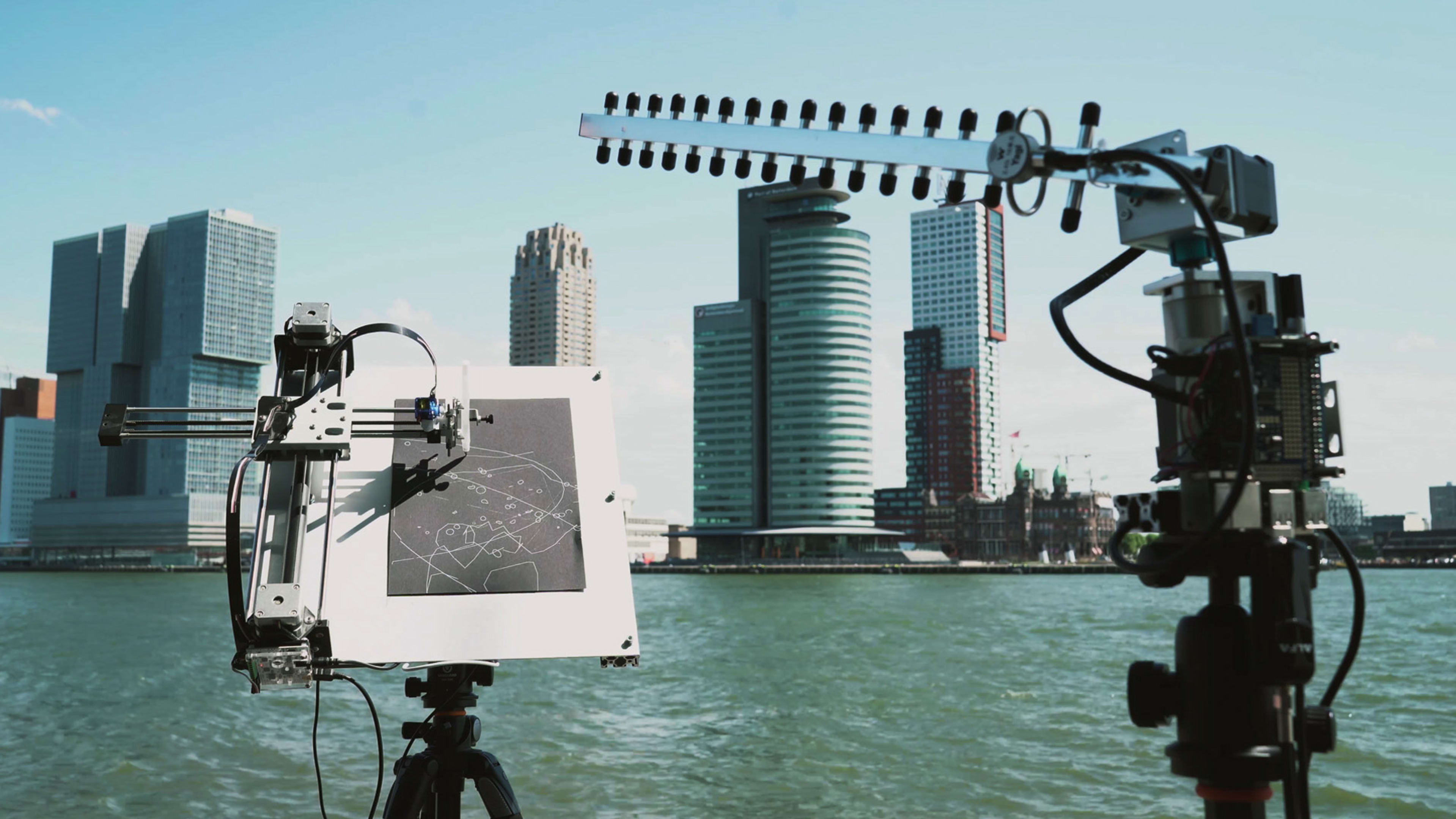Wi-Fi signals are constantly zipping through the air around us, invisible to human eyes. But what do they look like to machines?
Amsterdam-based artist and designer Richard Vijgen has created a contraption that depicts them. His device records and draws Wi-Fi signals in real time, depicting the electromagnetic landscape around it at any given moment.
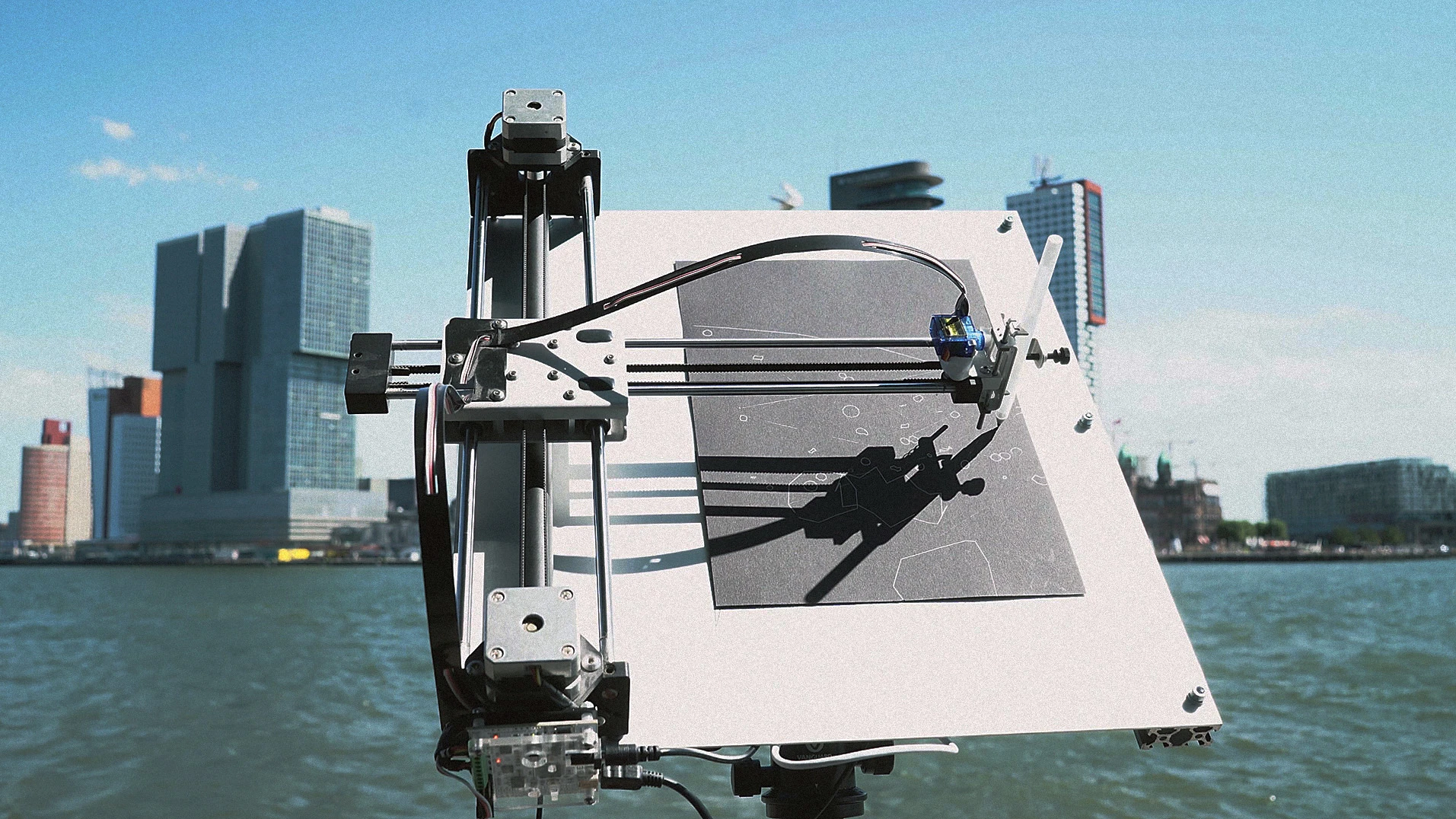
“Once positioned and oriented, a drawing becomes denser over time depending on the density of networks around it,” writes Vijgen on the project’s website. “Wherever there is a wi-fi signal, the drawing will eventually fill the frame.”
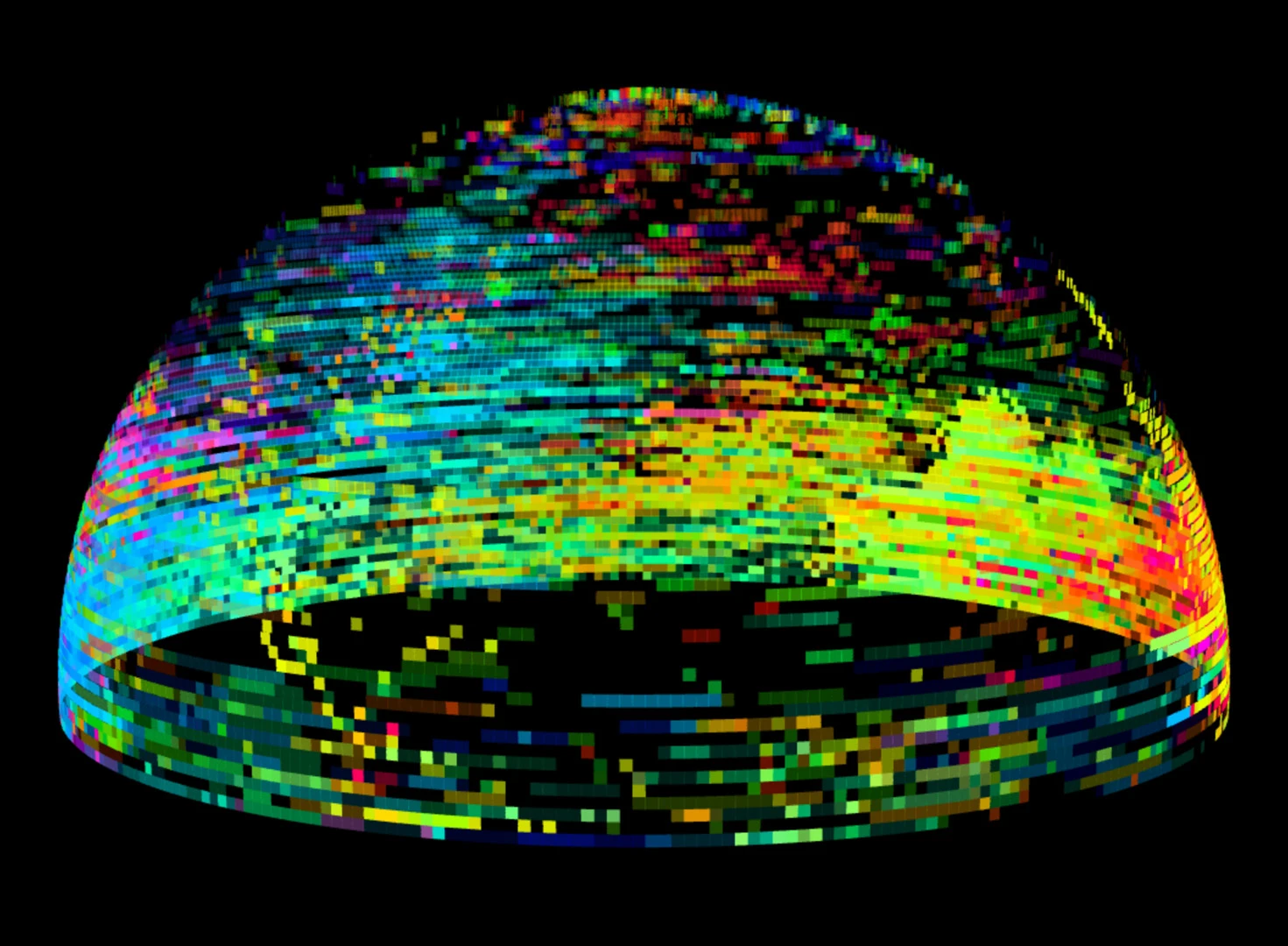
Wi-Fi Impressionist is Vijgen’s latest Wi-Fi-related work. He’s also visualized invisible signals on a beautiful tapestry and in augmented reality via an app.
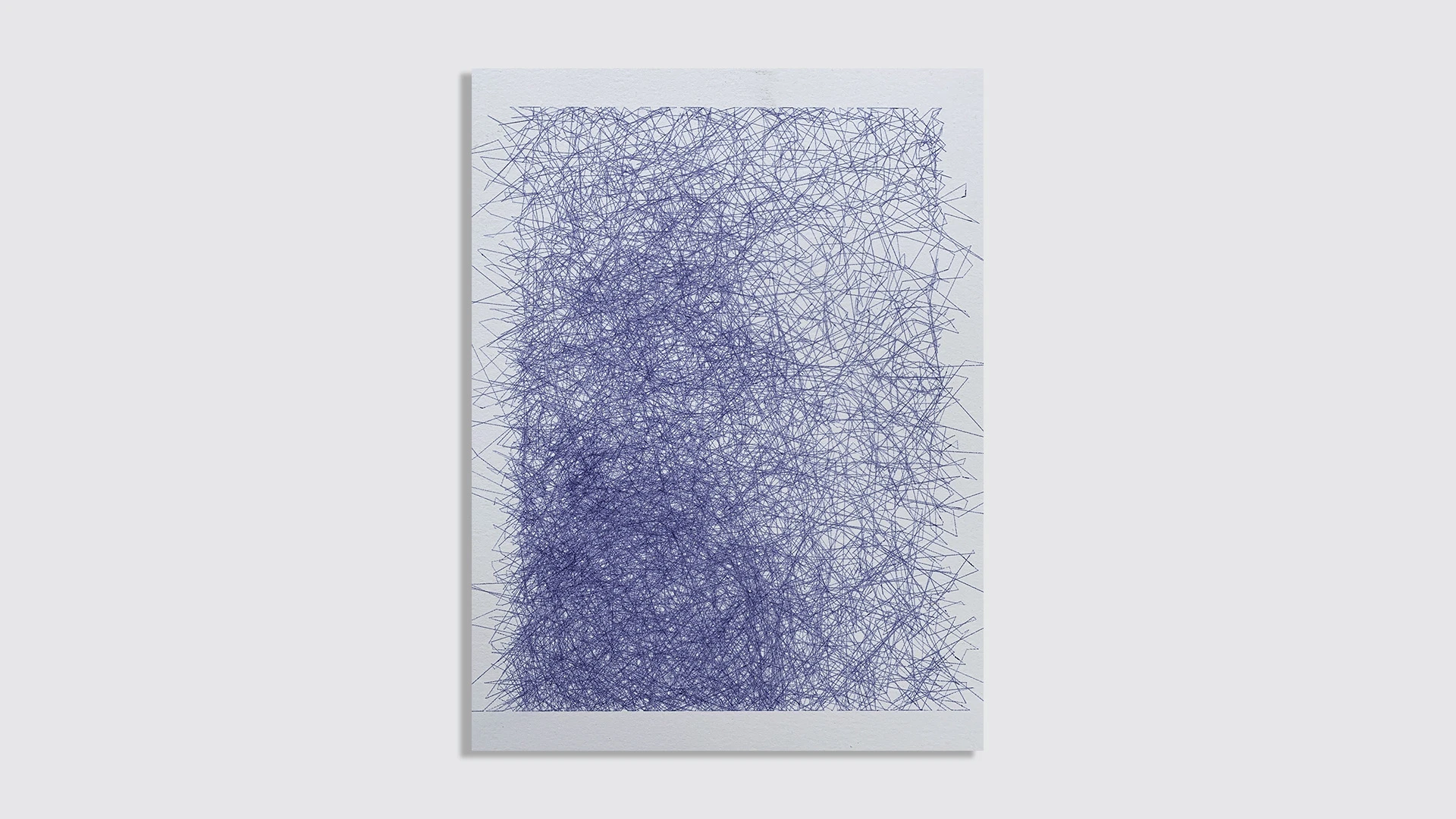
Vijgen writes that the project was inspired by the dramatic landscape paintings of William Turner, the English artist who worked in the early 1800s.
“My goal was not to create a scientific representation of radio signals but rather a perspective on the world around me, a way of seeing it,” Vijgen tells Fast Company via email. “Like the impressionist painters were trying to capture the vibration of light around them, this project is trying to do the same at a much lower wavelength in the 2.4GHz spectrum (as visible light and radio are different parts of the electromagnetic spectrum).”
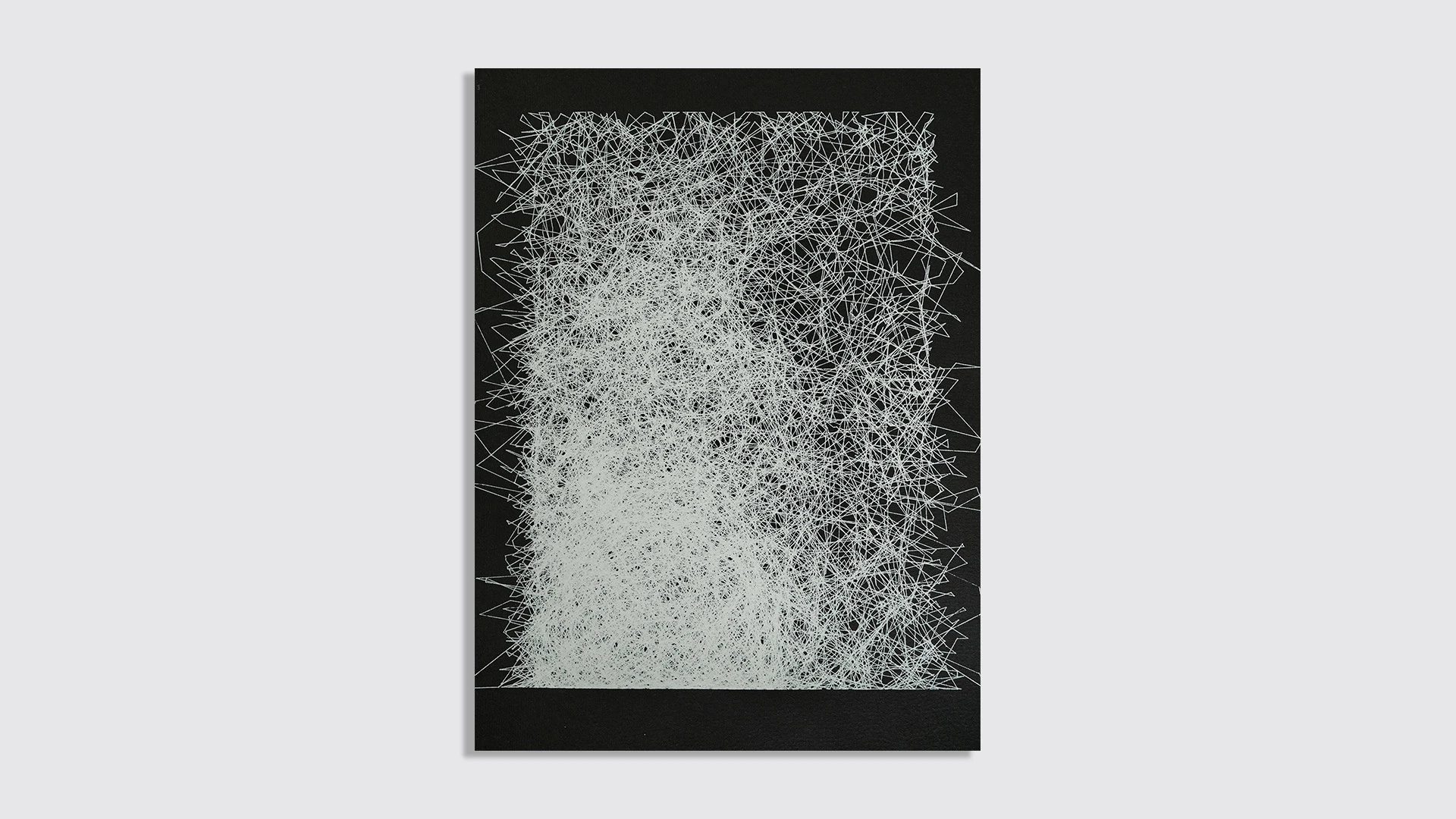
So far, his device has produced drawings in Amsterdam, Rotterdam, and Arnhem in the Netherlands, all of which look like knotted webs of crisscrossing signals—which, in a sense, is exactly what they’re representing. We just can’t see it.
Recognize your brand’s excellence by applying to this year’s Brands That Matter Awards before the early-rate deadline, May 3.
